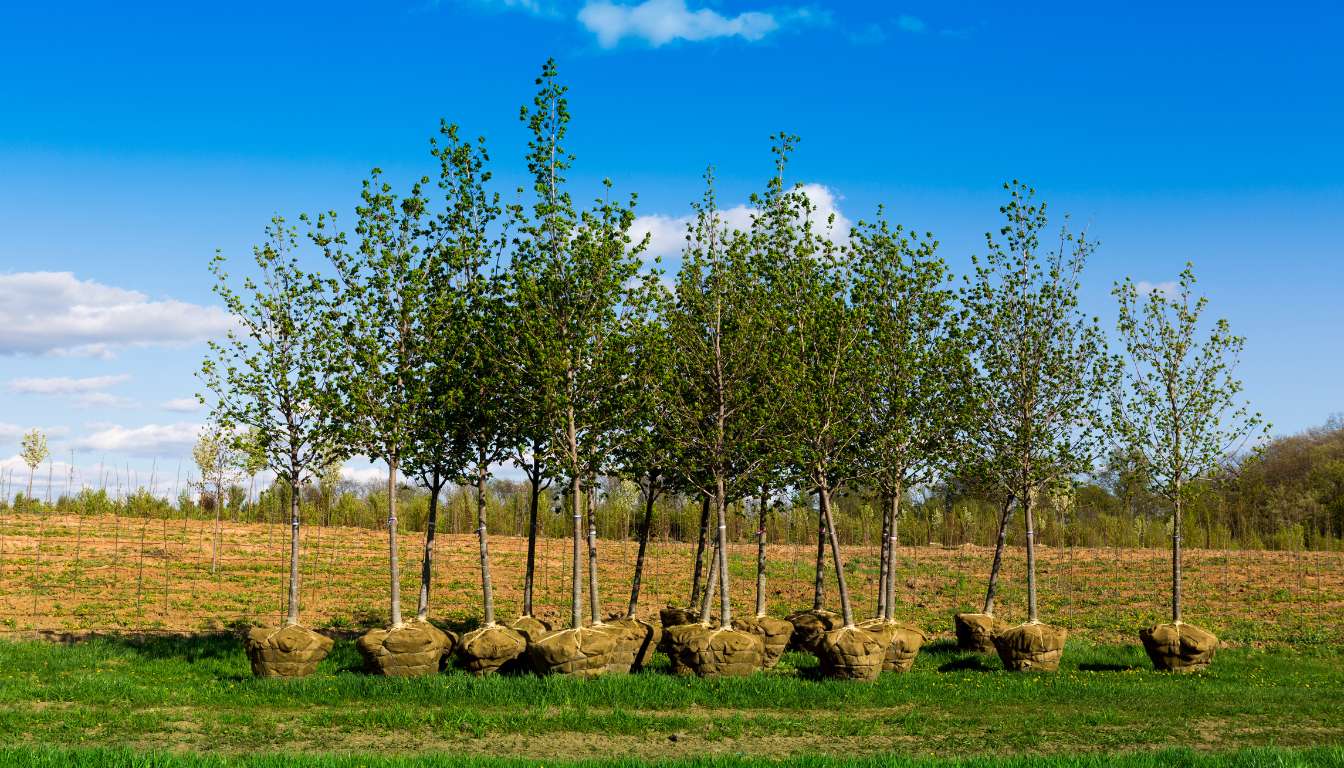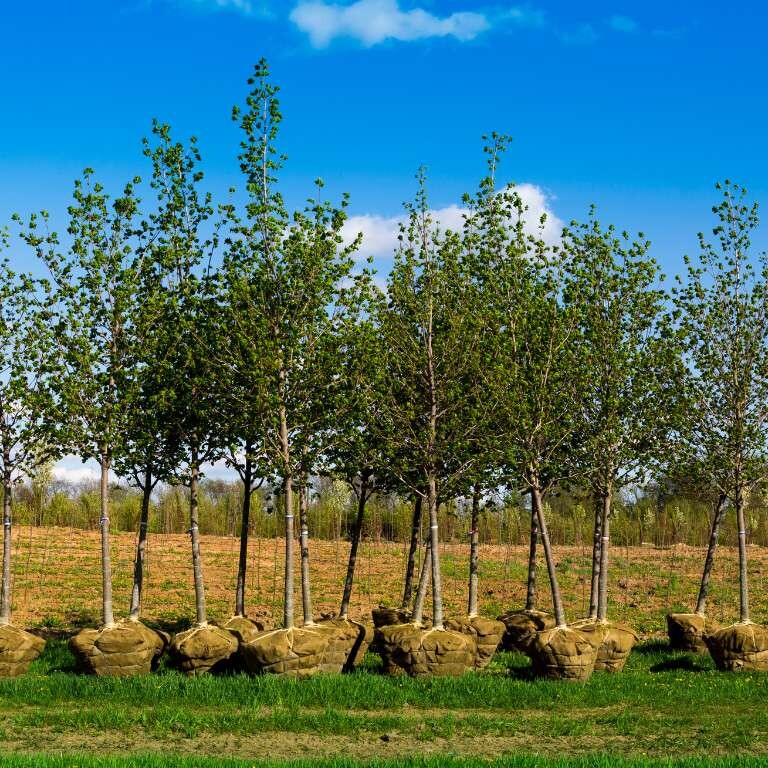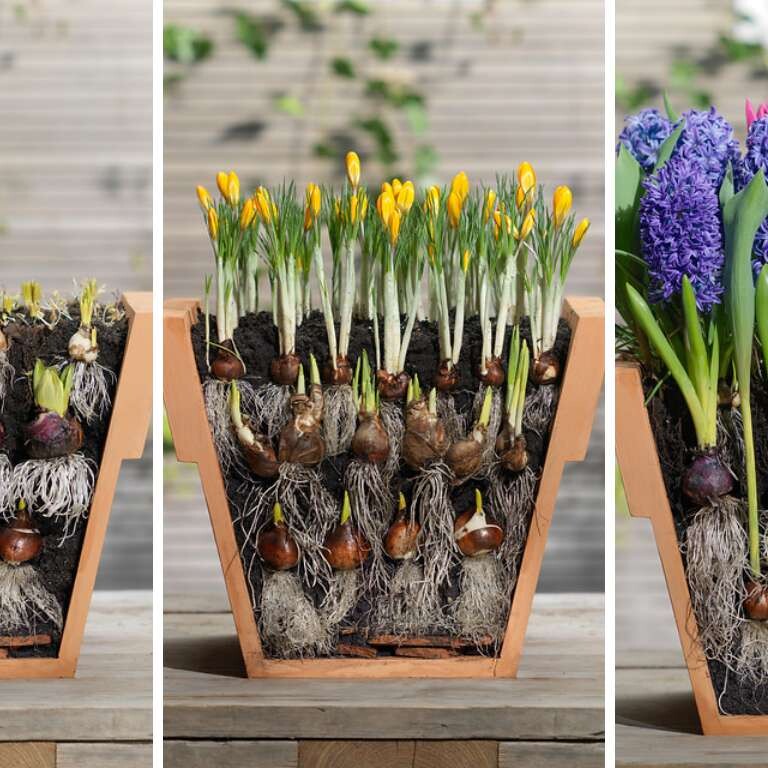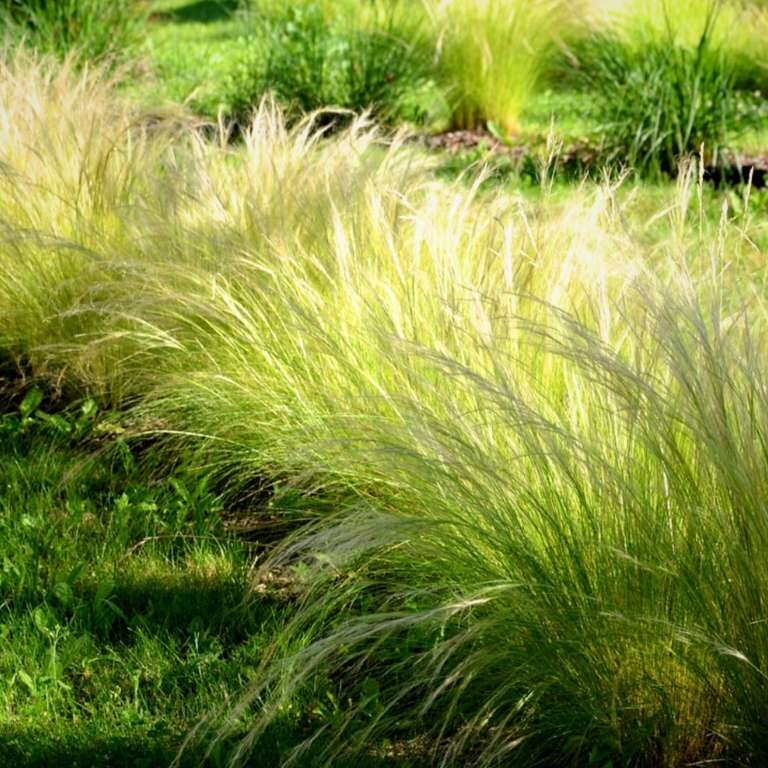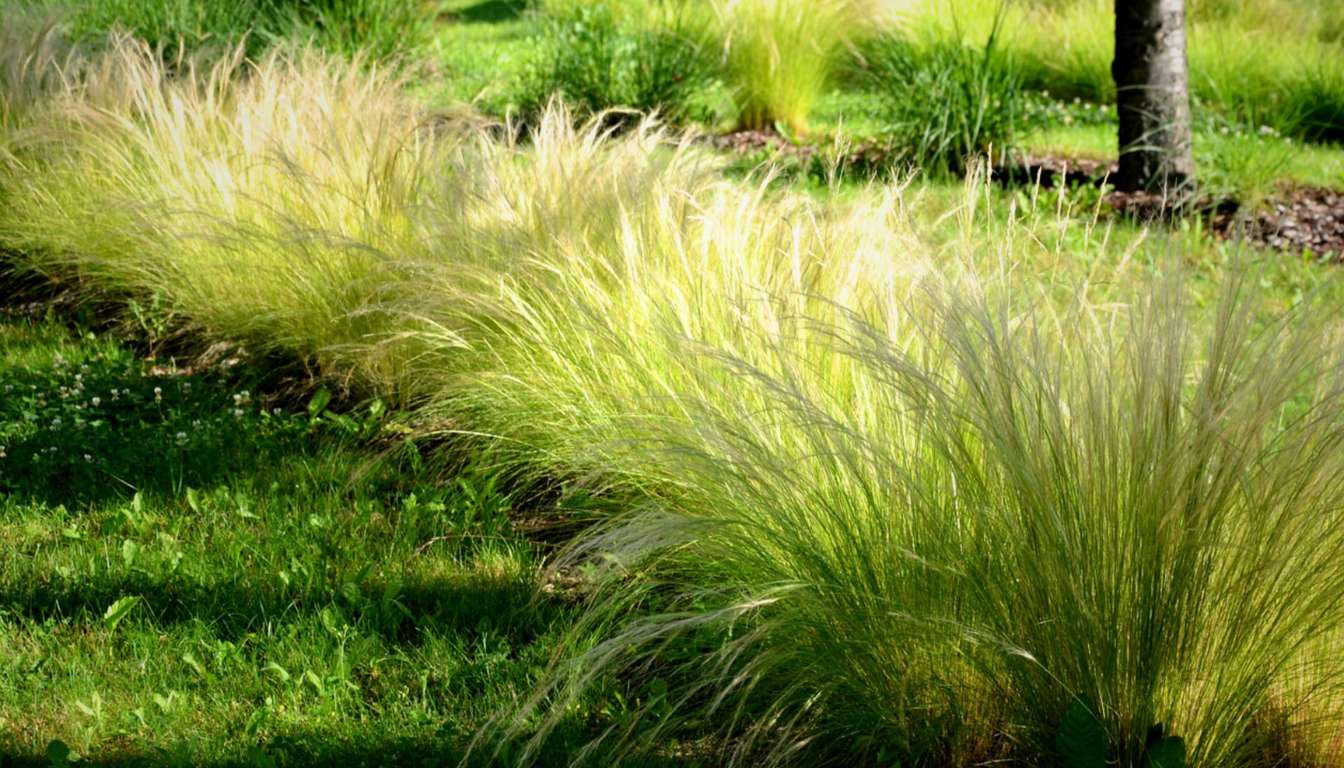Myth vs. fact – trees are not planted in autumn
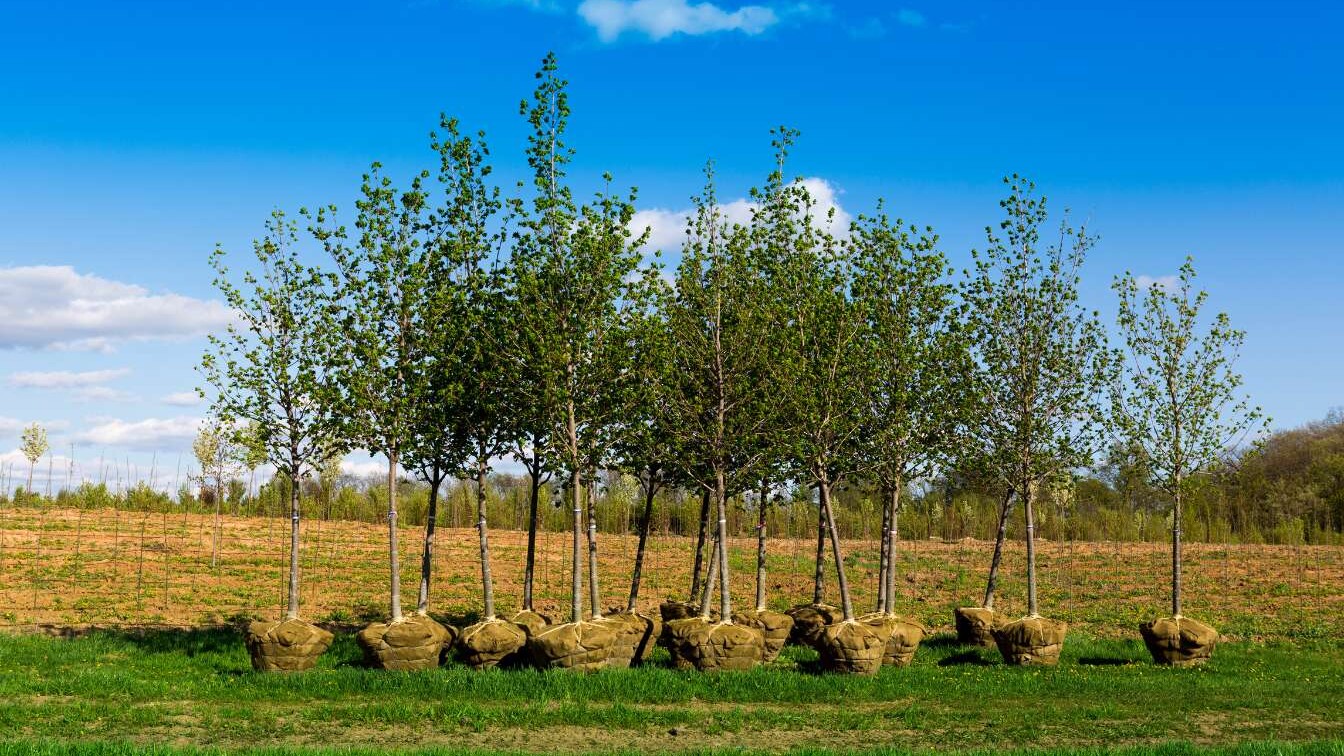
Planting
Many people think that planting trees in autumn is inappropriate, and therefore prefer to avoid this season. However, the truth may be quite different. Let’s take a look at what is myth and what is fact when it comes to planting trees in autumn.
Myth: trees should not be planted in autumn
Many gardeners believe that planting trees in autumn is risky and can harm the plants. According to this view, trees should only be planted in spring to give them enough time to take root. However, this perspective overlooks the natural growth processes of trees and the opportunities that autumn offers when planning a custom outdoor space.
Fact: autumn can be ideal
Autumn actually offers many advantages, especially when carrying out a garden installation or planning a garden on a turnkey basis:
-
Soil is still warm – even as the air cools, the soil retains warmth, which supports root growth.
-
Less stress for the plant – lower temperatures and reduced water evaporation mean the tree experiences less stress.
-
Greater water availability – autumn rains ensure the root system can establish well.
-
Preparation for spring – a tree planted in autumn will be strong and ready for active growth in spring, giving your dream garden the perfect start.
When planning a turnkey exterior, autumn planting is often more practical and efficient, which is appreciated by anyone opting for a complete professional garden installation.

Tips for successful autumn planting
-
Choose trees with a well-developed root ball.
-
Plant them in a properly prepared hole with high-quality soil.
-
Water regularly after planting, especially during dry weather.
-
Mulching around the roots helps retain moisture and protects against sudden temperature changes.
Autumn tree planting is not a myth – it is a proven and often advantageous method when creating a turnkey garden. A properly prepared and planted tree has enough time to establish roots and can start growing vigorously in spring, gradually turning your dream garden into reality. If you want a professional garden installation in Žilina, Dream Garden can help you create a beautiful and functional turnkey exterior.
Similar posts
Myth vs. fact – trees are not planted in autumn
23. September 2025
How to plant bulbs in layers: the "lasagna" effect for longer flowering
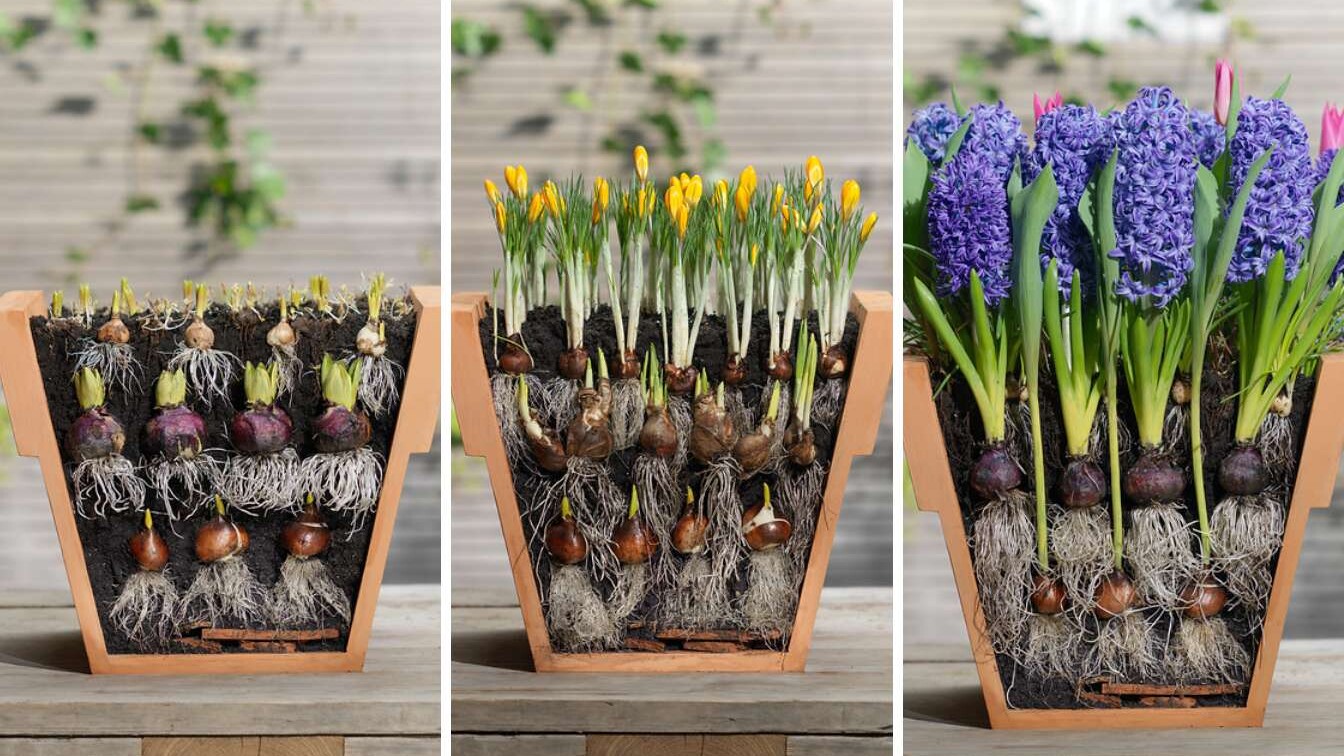
Planting
Would you like your balcony or garden to be bursting with color for as long as possible? Try planting spring bulbs in layers this season—a technique known among gardeners as “lasagna planting.” Although the name may sound complicated, it is actually a simple planting method in which bulbs are placed in several layers on top of each other. The result is a beautifully blooming flower pot or flower bed that will bring you joy for months to come.
Why choose layered planting
Traditional bulb planting usually produces flowers at the same time of year. With the “lasagna” technique, plants alternate—when one finishes flowering, another takes its place. This makes the planting look livelier and lasts much longer. What’s more, even a complete beginner can easily master this technique.
Which bulbs are suitable
You can choose virtually any spring bulbs, but it is important to match them according to their flowering time. Great combinations include, for example:
- Tulips – they bloom later, so they are ideal for the bottom layer.
- Hyacinths or daffodils – suitable for the middle layer.
- Bluebells, irises, or anemones – early varieties that will brighten up the top layer.
Step-by-step procedure
- Choose a container – ideally a clay pot with a hole, which is more breathable than plastic and provides better insulation.
- Drainage layer – place gravel, expanded clay, or sand at the bottom to prevent water from accumulating around the bulbs.
- First layer – plant the deepest bulbs that bloom last (e.g., tulips) on top of about 10 cm of substrate. Place them close together.
- Second layer – add 5 cm of soil and plant other species that bloom earlier (e.g., hyacinths).
- Third layer – after another layer of soil, plant the earliest species (e.g., bluebells or anemones).
- Cover, water, and let them take root.
During winter, do not forget to water the substrate lightly (especially in January and February) so that the bulbs do not dry out. In severe frosts, wrap the container in burlap or cardboard.
You can use the same principle directly in the flower bed – this will create a colorful composition that will bloom gradually.

Tips for proven combinations
Colorful energy
- Bottom layer: Christmas Dream tulip
- Middle layer: Purple Sensation hyacinth
- Top layer: Atlantic Armenian crocus
Elegant white
- Bottom layer: Triumph Calgary tulip
- Middle layer: Carnegie hyacinth
- Top layer: White Splendour pasque flower
Planting bulbs in a lasagna style is a wonderful trick for enjoying a long spring full of color. And the best part is that it’s not rocket science. All you need is a suitable container, several types of bulbs, and a little creativity. You’ll be rewarded with a blooming balcony or garden that will delight you much longer than with traditional planting.

Similar posts
Myth vs. fact – trees are not planted in autumn
23. September 2025
Feather grass - a delicate grass that brings life to any garden
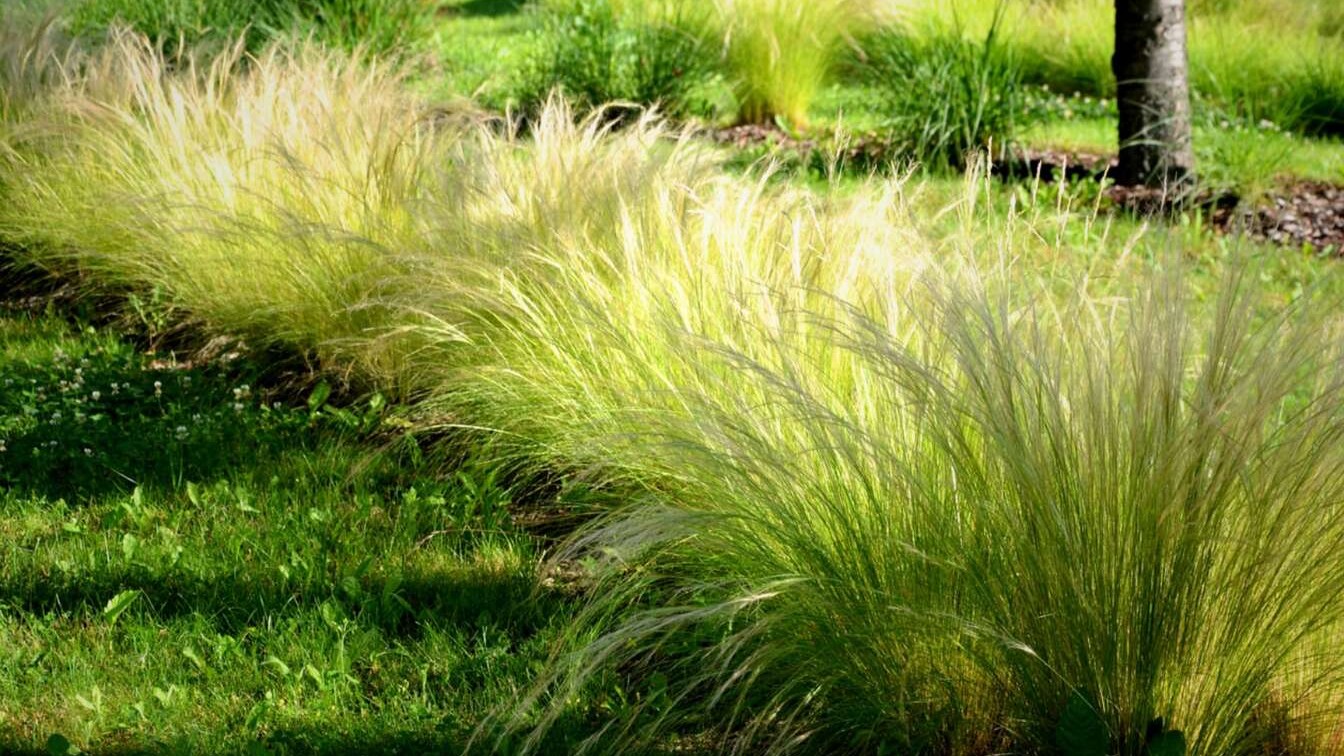
Planting
If you dream of a turnkey garden that looks light, natural and modern at the same time, the ornamental grass Stipa tenuissima is the ideal choice. Its delicate stalks sway gracefully in the wind, bringing movement and elegance to your outdoor space. That is why it is increasingly becoming a part of contemporary garden design, whether in a minimalist urban space or a spacious natural plot.
Why include feather grass in your garden design?
Stipa tenuissima, also known as feather grass, stands out for its undemanding nature and ability to adapt to various conditions. Thanks to its delicate appearance, it combines well with perennials, modern flower beds and other grasses. At Dream Garden, we often recommend it to clients who want a turnkey garden with minimal maintenance and maximum aesthetic effect. This grass creates the impression of a golden veil that changes with every breeze and gives the space a unique atmosphere.
Where to plant feather grass and how to care for it?
It thrives best in sunny, well-drained areas where its natural growth can flourish. It is suitable for modern gardens, dry flower beds and larger containers on the terrace. If you are planning a custom garden, be sure to consider combining feather grass with colourful perennials or other ornamental grasses. When planting a carpet or seeded lawn, it becomes a great addition that breaks up the monotony of the area and highlights the structure of the entire exterior.
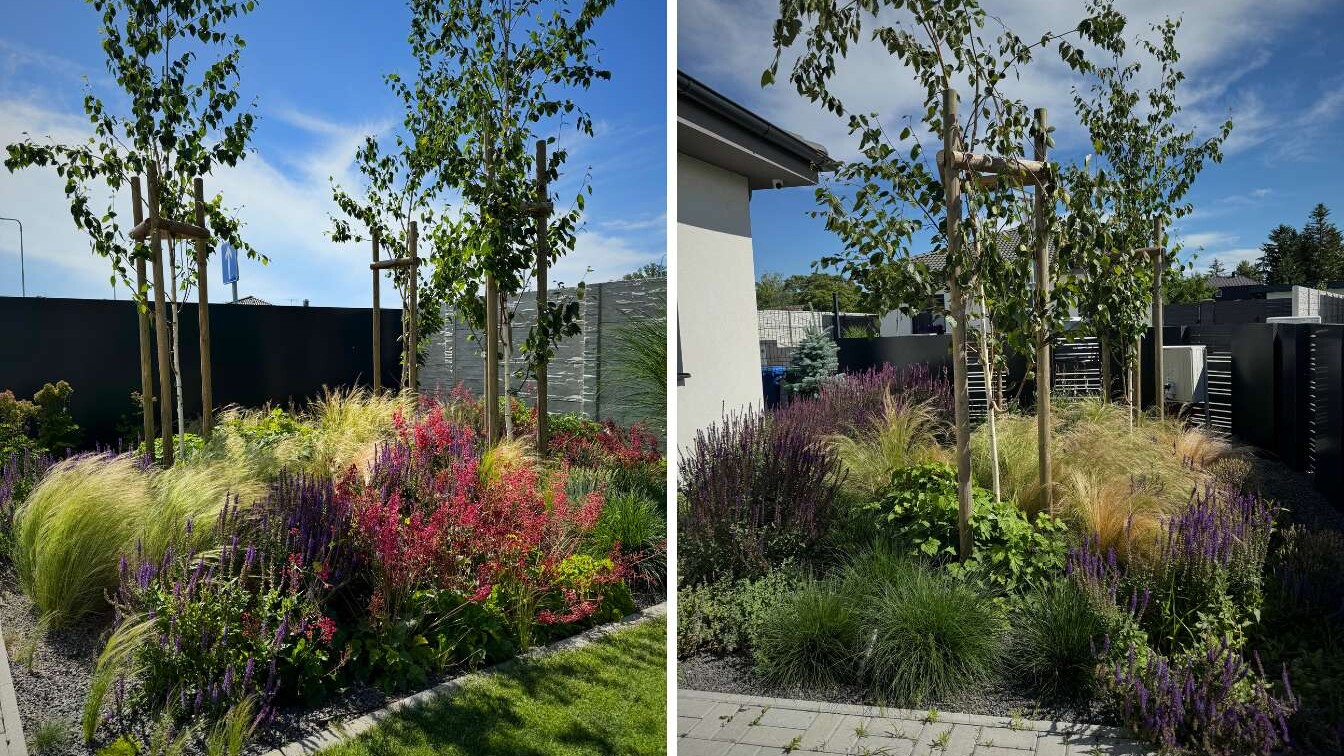
Hunter irrigation – guaranteed beauty even in summer
To keep your garden beautiful all year round, it is important to think about irrigation. Hunter automatic irrigation systems, which Dream Garden installs as part of its turnkey garden projects, ensure that Stipa tenuissima and other plants always have enough moisture. Modern Hunter irrigation saves water, time and energy and is indispensable, especially when caring for carpet or sown lawns during hot summer days.
Revitalise your garden with Dream Garden
If you want a customised exterior that is not only beautiful but also functional and easy to maintain, contact Dream Garden. We will help you choose plants, design your garden, and take care of the implementation and installation of Hunter automatic irrigation. Your new green space will look natural, modern and comfortable – exactly as you imagined it.
Similar posts
Myth vs. fact – trees are not planted in autumn
23. September 2025


